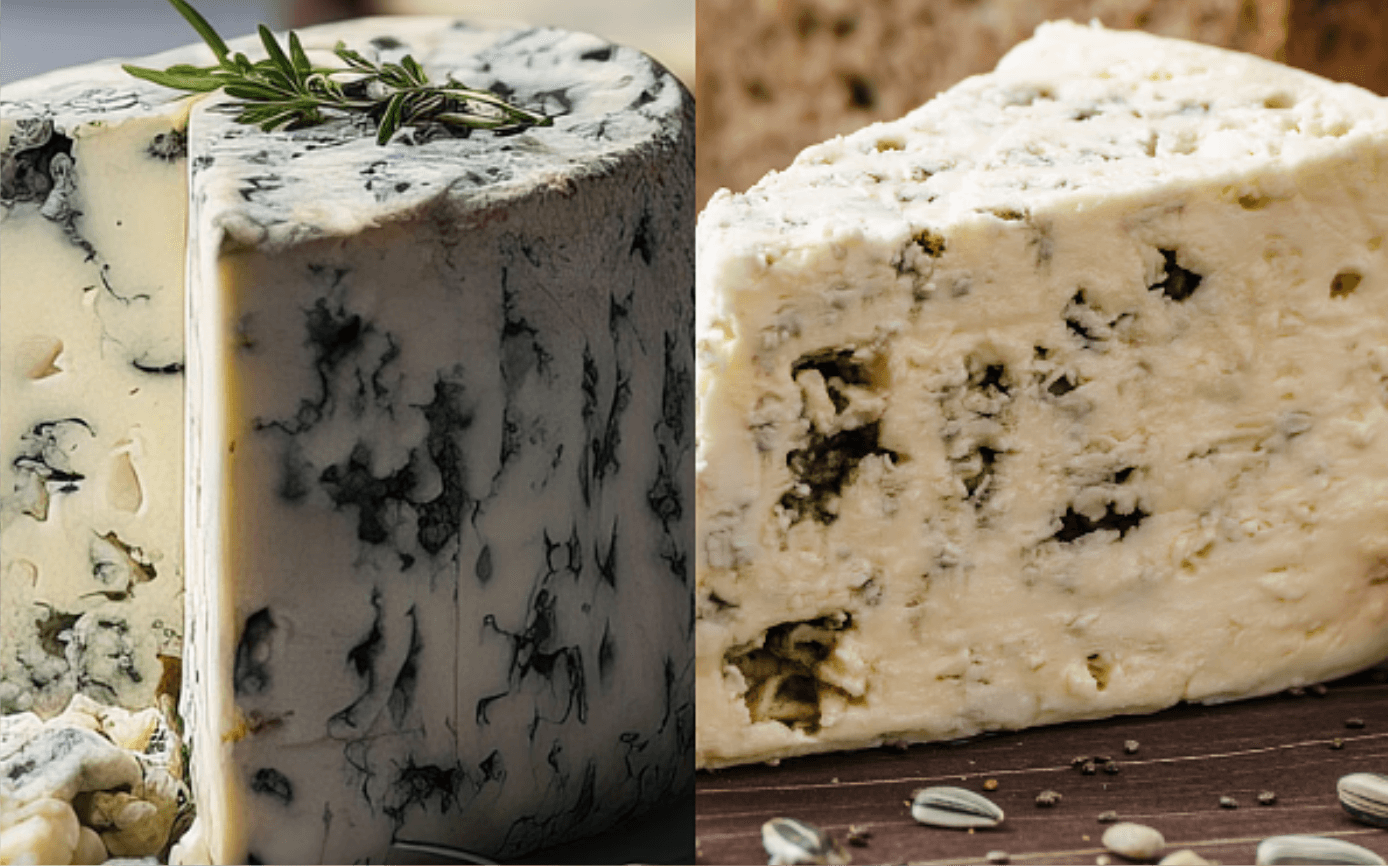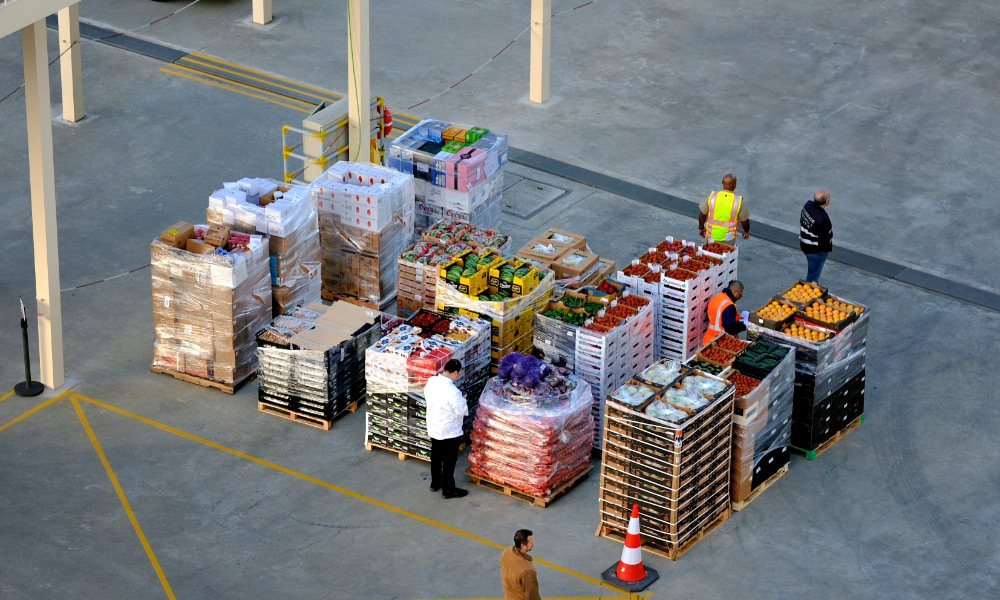By using our website, you agree to the use of cookies as described in our Cookie Policy
What is the difference between Gorgonzola and blue cheese?

Whether you’re a burgeoning cheese lover, trying to prepare a cheese board for some guests, or you’re trying to cook with cheese and want to make sure that you’re getting it right, then knowing the difference between your cheeses can be a big help. In particular, you might want to know the difference between blue cheese and Gorgonzola, as they are often mistaken for the same thing. Here, we’ll break it down some.
What is blue cheese?
Blue cheese, also known as “bleu cheese,” is a term used widely to refer to a range of cheeses made from cow, goat, or sheep milk, made with a strand of the Penicilium mold. This mold is, indeed, what gives it the distinct swathes of blue, purple, and green that run throughout it. The flavors you can expect from blue cheese will change depending on the type that you eat, which includes those like English Stilton and French Roquefort. In general, however, they are often known for having a pungent quality to them, and a sharp taste that has a more pronounced tang and saltiness compared to the milder cheeses out there.
What is Gorgonzola?
If you were to point at a block of Gorgonzola and say “This is blue cheese,” you would not technically be incorrect. Though you would be a little unspecific. Like Stilton and Roquefort, Gorgonzola is a blue cheese; an Italian blue cheese, to be exact, named after the town in the Lombardy region. It’s made using unskimmed cow’s milk. Gorgonzola itself comes in two varieties, known as dolce (or sweet) and piccante (or spicy) but, in general, it’s known for being creamier than other blue cheeses, with fewer veins of blue coloring throughout., and a slightly milder aroma that can make it a good choice for those who are newcomers to stronger cheeses.
Blue cheese vs. Gorgonzola: which to use?
Blue cheese and Gorgonzola share a lot of cross-over appeal, as they can both be used in a variety of the same recipes. Blue cheese is more often eaten on its own, but both can be melted down or crumbled over food to add a delicious punch of flavor to them. As an Italian cheese, Gorgonzola is a popular choice for pizzas, risottos, pasta dishes and more. Both are just as welcome on any cheese board, as well. They both have that salty, savory flavor, but blue cheese is slightly sharper and has a stronger smell, while the creaminess of Gorgonzola makes it easier to spread.
Know the difference between blue cheese and Gorgonzola
With the information above, hopefully, you should be able to answer “What is the difference between Gorgonzola and blue cheese?” yourself in future. More importantly, you should be able to get a good idea of which is the right choice for your recipes and cheese boards. Now you know which is which, be sure to pick up the right one in our store for your next cheese-eating experience.
‹ Back







